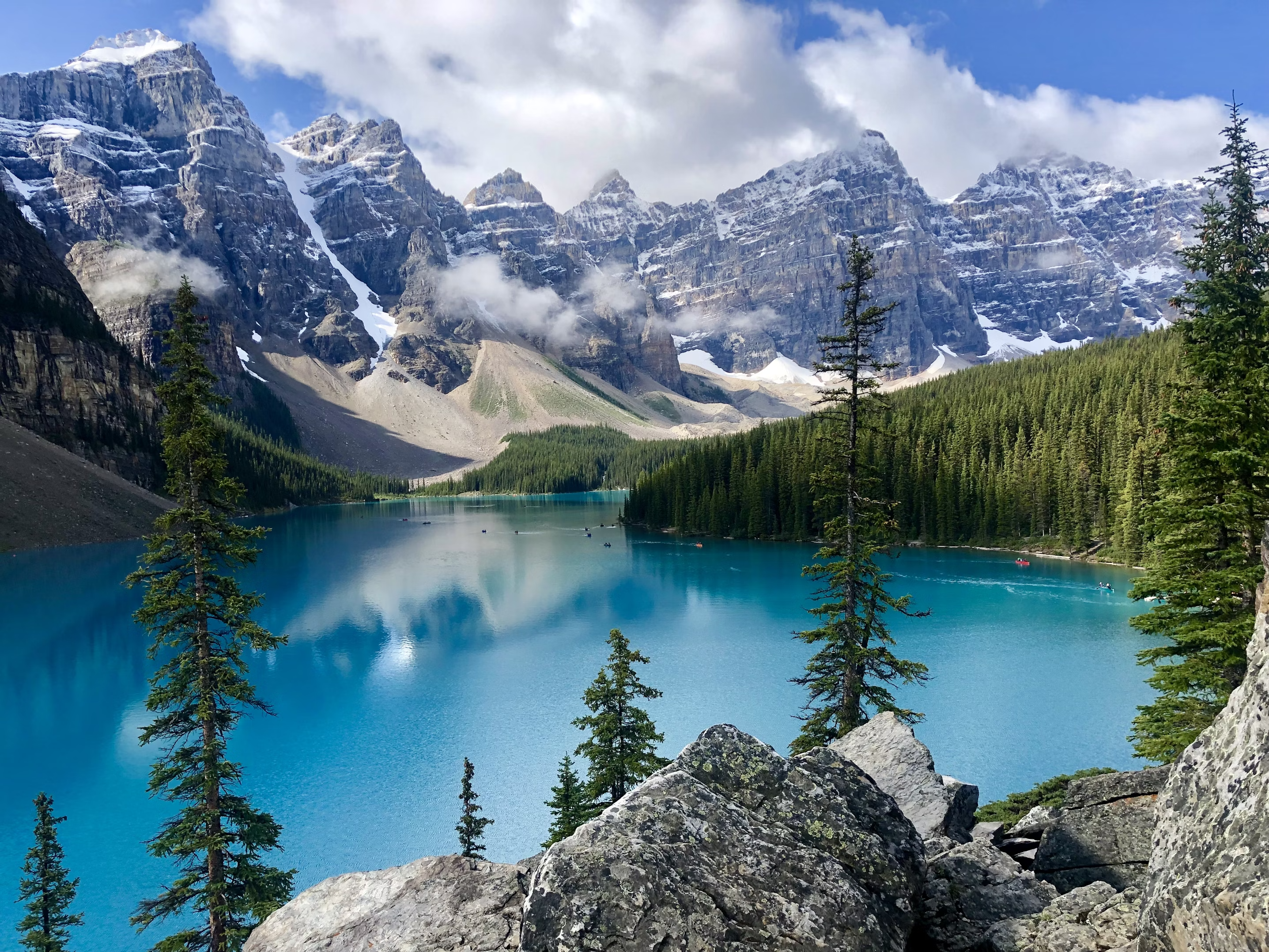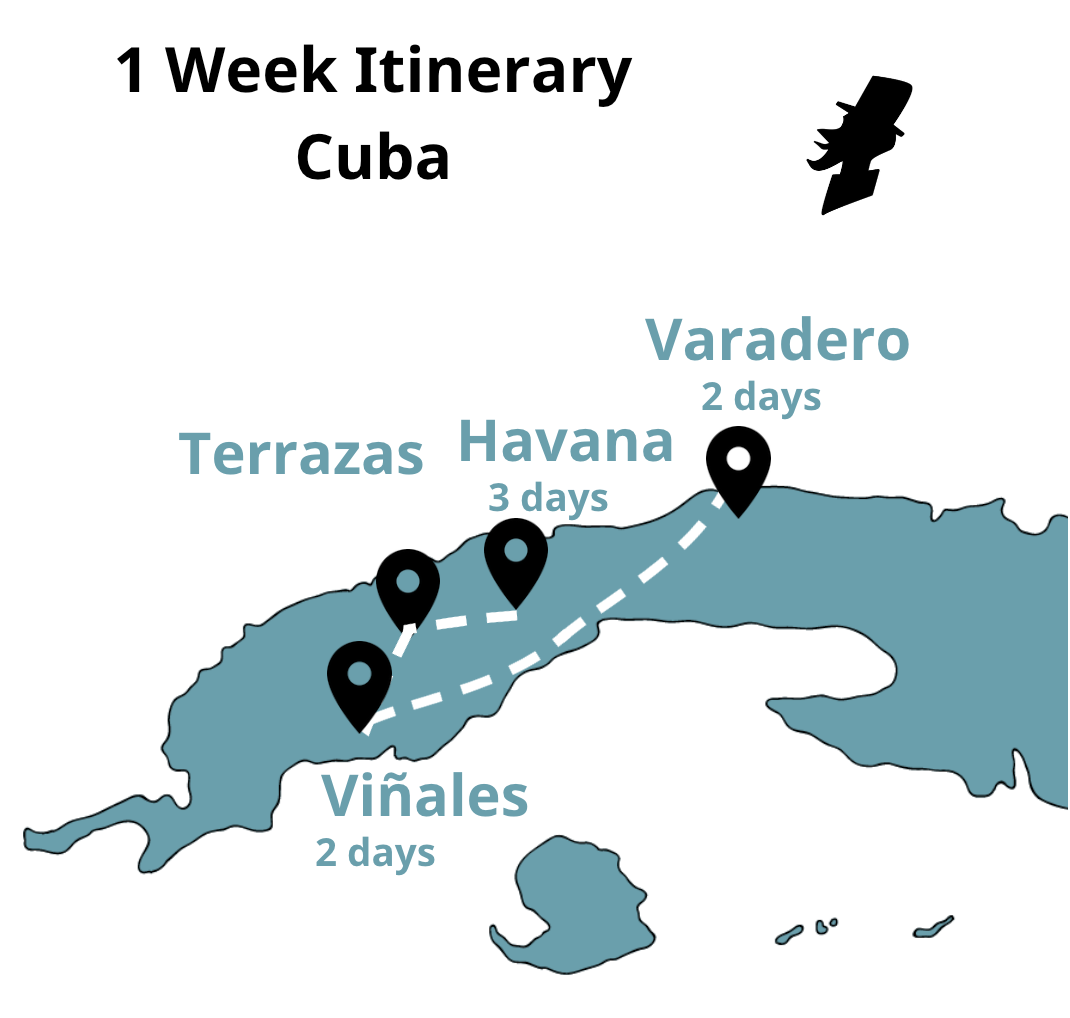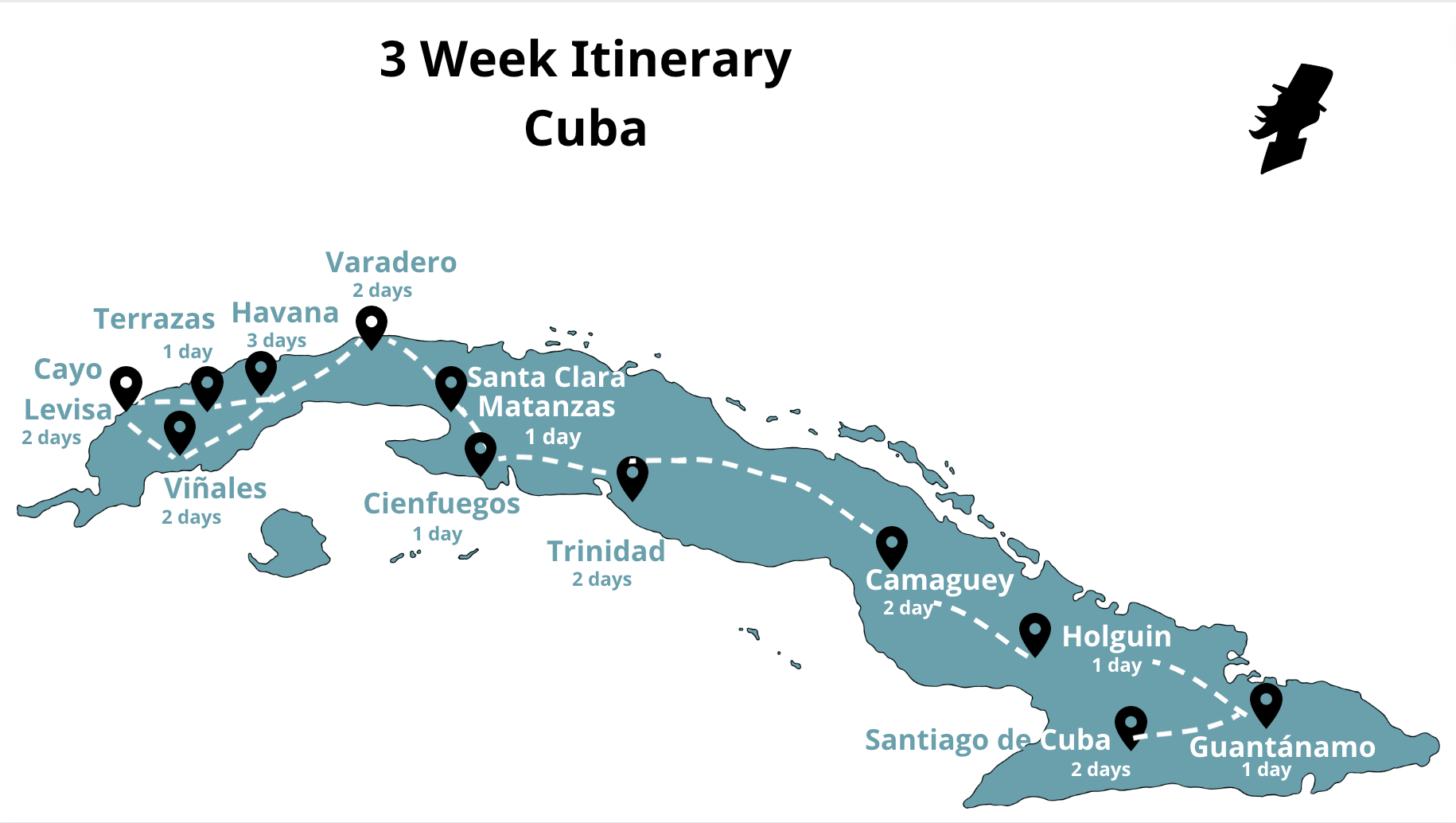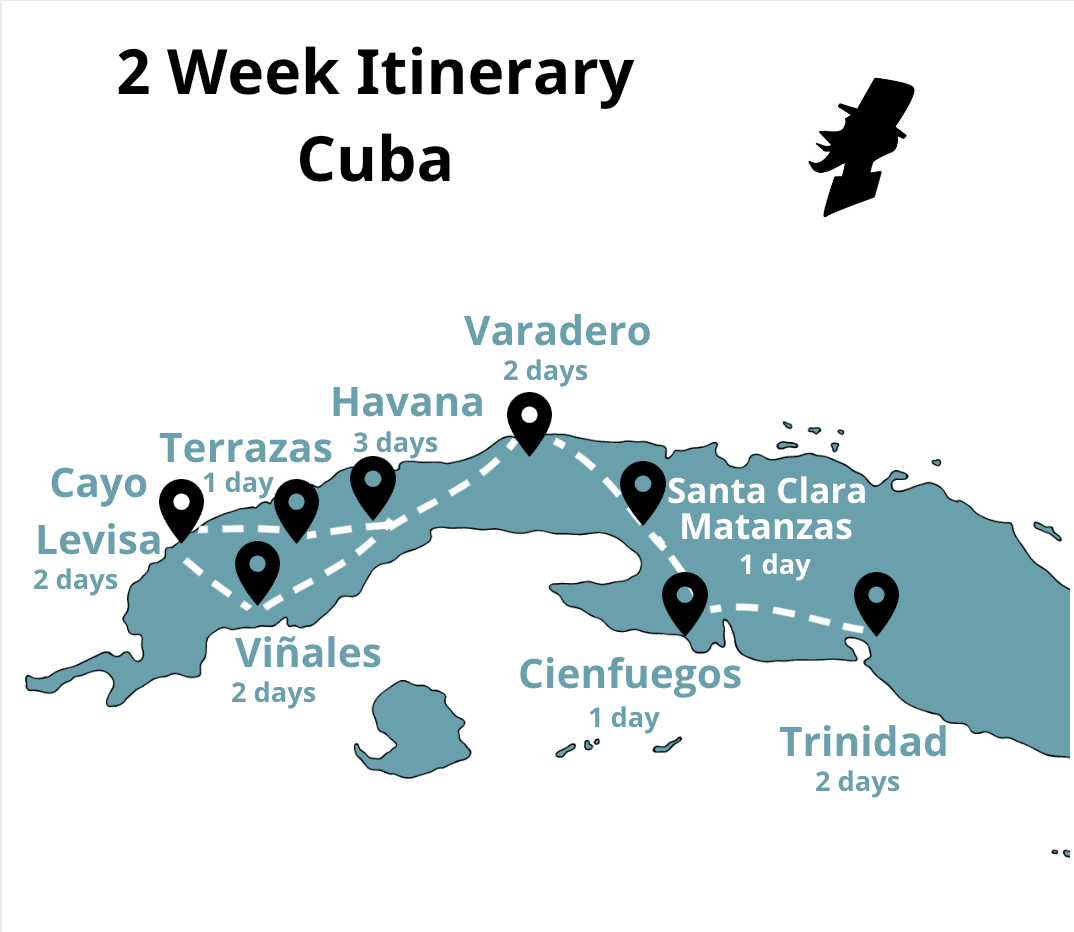Cali, also known as the “Branch of Heaven,” is the third most populous city in Colombia. This city is located in the Valle del Cauca department, in the southwest of the country. Cali is also the only major city in Colombia with quick access to the Pacific Ocean, as it is 114 km from Buenaventura, the country’s main port. Similar to other cities in Colombia, Cali is one of the oldest cities in all of America, founded on July 25, 1536, by Sebastián de Belalcázar. The city has around 2.5 million inhabitants and is situated at an elevation of 1000 meters above sea level. Cali is a hot city, usually ranging between 20 and 30 degrees Celsius, or 68 and 86 Fahrenheit. Therefore, be prepared to wear light, bright-colored clothing to avoid feeling too hot.
Where To Stay in Cali
When looking for a hotel or Airbnb in Cali, I recommend staying in the San Antonio neighborhood, as it is the cultural hub of the city and offers many accommodation options. Also, if you’re wondering how many days to visit Cali, it depends on your preferences, but I think a weekend is perfect to see the most important attractions. Now, let’s start a tour around Cali!
Places To Visit in Cali
Cristo Redentor
The first place you should visit is one of the most iconic, the Cristo Redentor. This statue, similar to the Cristo Redentor in Rio de Janeiro, watches over the city from the Cerro de las Tres Cruces. The statue in Cali is 26 meters high, and as it is on top of the hill, you can have excellent panoramic views of the city. To get here, you can take a taxi or hike, although it’s a long and steep path, so I only recommend it for those who enjoy walking.
Monumento al Gato del Río
After the Cristo, you can visit the Monumento al Gato del Río, created by the sculptor Hernando Tejada. According to the artist, he donated this monument to the city because cats led a similar lifestyle to Cali’s residents: calm during the day, but lively and crazy at night. In this park, you’ll also find 19 small sculptures of female cats, believed to be the girlfriends of the Gato del Río. According to locals, the cat named Fogata is the main girlfriend because she has a kitten inside and is pregnant. In this cat park, you’ll also find a large sign that says “Cali,” so you can take a photo with these big letters.
La Ermita
Our third stop is to visit La Ermita, one of Cali’s tourist icons. This grand cathedral is inspired by the Ulm Cathedral in Germany, and several of its pieces were imported, and its bells, for example, were cast in Paris. The church was built in the 17th century and is still a very important site in the city. It looks beautiful from the outside, but note that this cathedral closes early, so if you want to go inside, you should go in the morning.
Bulevar del Río
After visiting La Ermita, you can move on to the Bulevar del Río and take a walk here. This boulevard derives its name from its location along the Cali River and its position in the city center. This boulevard is perfect for resting and walking for a while, so I recommend it for all types of travelers; it’s a little over 1 km.
While walking along this boulevard, you will also find different tourist attractions, such as the Parque de los Poetas, a park with 5 sculptures of poets from the region: Jorge Isaacs, Ricardo Nieto, Antonio Llanos, Octavio Gamboa, and Carlos Villafañe.
Poetry in Bulevar del Río
A poem by Eduardo Carranza also appears in the park, called “Cali en mi corazón.” This poem says: “I dreamed of wandering through palm forests … And it was the time of vagueness and illusion And it was when I was twenty years old and a star in my hand And it was when youth, like blue sap, ripened my heart And life, like a double lark, sang at the height of our ears And a year written in my constellations Cali happened to me a white deer happened to me with its blue ribbon And the word Cali, since then, perfumed my memory, poetry, blood, time, and summer And a name and another name like a continuous jasmine perfumed my face and my dreams And already Cali was a dream crossed by a river.”
Sugar Cane in Bulevar del Río
If you continue walking along the river boulevard, you might find a stand to try sugar cane juice. The Valle del Cauca region is very popular for its sugar cane crops, so this is the best place to try its juice. In the street stands, you can also take the opportunity to taste a typical fruit of the region called Chontaduro. Chontaduro is a dry, orange fruit that looks more like a tuber. It is very rare to find outside of Colombia, but it is an essential fruit for Cali residents, so it’s worth trying.
Plaza de Cayzedo
Another must-visit place is Plaza de Cayzedo. This serves as the heart of Cali and held the title of La Plaza Mayor during the colonial era until 1813, at which point it was designated Plaza de la Constitución. Its current name is a tribute to the Independence hero Joaquín de Cayzedo, and you’ll find his statue in the center of the square, surrounded by huge palm trees.
Cathedral of San Pedro Apóstol
Nearby is the Metropolitan Cathedral of San Pedro Apóstol, and then La Iglesia de la Merced. Believed to be the site of the city’s foundation, this is the oldest religious temple in Cali, established in 1541. The altar, adorned in gold, is situated in the La Merced neighborhood, which boasts numerous museums for exploration. La Tertulia Museum, the Calima Gold Museum, and the La Merced Archaeological Museum are some of the most well-known. Of these three, I recommend the Gold Museum, which, although small, is free and shows an important part of our history with gold related to indigenous people and colonization.
Here would end the first part of our tour in Cali, where you got to know many historical places and part of the culture of this city. However, my second part of the tour would focus on the quasi-religion of this city and the element that sets it apart from the rest of Colombia: salsa.
Salsa in Cali
Thanks to Cali’s ethnic richness, there are many musical rhythms you can dance in this city, such as the currulao from the Pacific coast. However, the most emblematic is salsa, a contagious and joyful rhythm that will make you dance wherever you are.
As mentioned earlier, Cali is known as the world capital of salsa. Although this musical genre was born in Cuba and New York, it is crucial in Cali. Since the Cali Fair of 1958, the city began to develop its style, but it was in the 70s that the salsa boom started in Cali. From the 70s and 80s, Cali began to be identified in the world for salsa. Also, in 1974, the World Salsa Championship began in Cali, in the “salsodromo.” Since 2000, Cali salsa has gained more strength and has unique singers and dancers. A community agreement declared salsa dancing as the Cultural Heritage of the city, giving rise to the World Salsa Festival in 2006, which brought together more than 50 dance schools. Cali salsa is faster, so the rhythm and steps of Cali dancers are different.
Plazoleta Jairo Varela
To appreciate all this history of salsa in Cali, our first stop is the Plazoleta Jairo Varela, creator of Grupo Niche. In this square, you’ll find a museum dedicated to him, and I highly recommend it for everyone, regardless of their interest in salsa, as it illustrates his history, legacy, and impact on the city.
It is said that he acquired all his knowledge by ear, through empirical learning, and personally wrote and directed everything. He founded Grupo Niche in 1979 in Bogotá. This group, if you don’t know, is one of the most influential salsa orchestras globally, and they even managed to gather 1 million people in a concert in Peru, setting a world attendance record.
Niche trumpet monument
The essential monument on your visit is the Niche trumpet monument. This monument has “Niche” written on its trumpet, and you go under each trumpet to listen to “Cali Pachanguero,” one of the 50 most important popular songs in the world according to Billboard. This is the chorus: “Cali, Pachanguero Cali, Light of a new sky.”
In Cali, there are 130 official salsa schools, more than 6000 dancers, and many tours for foreigners and travelers to learn to dance. One of them is the Bembelequa school, and you can get a salsa class and a tour to learn more about Cali salsa at Calitravel.com.co; I’ll leave the link in the description.
Dancing Salsa
In Cali, there is a special way of dancing salsa, and it is very fast. Additionally, Cali introduced a flashy choreography, incorporating elements of the circus, somersaults, acrobatics, speed, resulting in a distinctive style of Cali salsa. The dancers showcase impressive skills, deviating from the traditional clave rhythm.
Furthermore, the efforts in Cali contribute to social fabric, providing opportunities for young people in vulnerable situations who might struggle to finance their studies and secure employment. They have the chance to engage in sports, particularly salsa, offering them a path to progress.
Salsa Dancing Venue
To end your salsa day, the best would be to visit the best salsa show in the world or go to a local salsa dancing venue. The first option, the show, would be Delirio. Delirio presents a gigantic show twice a month, featuring more than 200 artists, 4 dance schools, a massive orchestra, and circuses. Approximately 700 people attend this show, and it is a show of which the locals are very proud.
In this show, there are 3 acts, and between acts, they play music for dancing. You can drink and dine at the venue, and I recommend it because it’s a bit long. If you are not in the front tables, you won’t see much, but people have a good time, and the talent is undeniable; it’s the best showcase of Cali salsa you can have in the world.
However, if you don’t like large events or crowds, you can choose my second option and go salsa dancing at a local venue. In the Juanchito area, there are many dance halls, which are very local places to dance. La Topa Tolondra is a spectacular place to listen and dance to Cali salsa, and it is very authentic and economical.
If you travel in December, you would have the opportunity to do both options: see big shows while dancing with the locals. In December, there is the Cali Fair, which has big salsa artists gathering in a Superconcert. Other important celebrations are the Petronio Álvarez Pacific Music Festival, which takes place in August, and the World Salsa Festival. As you can see, in Cali, the dancing never stops.
Where to Eat in Cali
My last recommendation for this city is to take advantage of its gastronomic variety, which blends Spanish, indigenous, and African heritages, giving a unique flavor to each dish. Some typical dishes are arroz atollado, empanadas vallunas, sancocho de gallina, sopa de tortillas, aborrajado valluno, tostadas de plátano verde con hogao, chuleta valluna, and tamales. Also, there is a great variety of sweets, such as manjar blanco, cocadas, cholado, and champús, a delicious drink made with corn, lulo, pineapple, cinnamon, and panela syrup. A good place to try local food is the Platillos Voladores restaurant, which is a very popular culinary experience. Although it is not cheap, it is a unique opportunity to try all these delights, and I recommend making a reservation because it fills up very easily.




